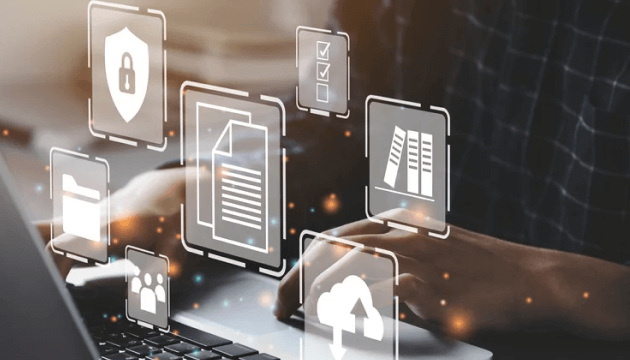DBMS vs RDBMS: Definitions, Differences, and a Comparison Table
What is DBMS?
DBMS stands for database management system; the general definition of DBMS says that it's a software system that lets users create, maintain, and control access to databases and the data contained within. All manipulations with databases and actual data can be performed with database tools of varying complexity. Database management systems are usually divided into four main types: hierarchical, network, object-oriented, and relational.










